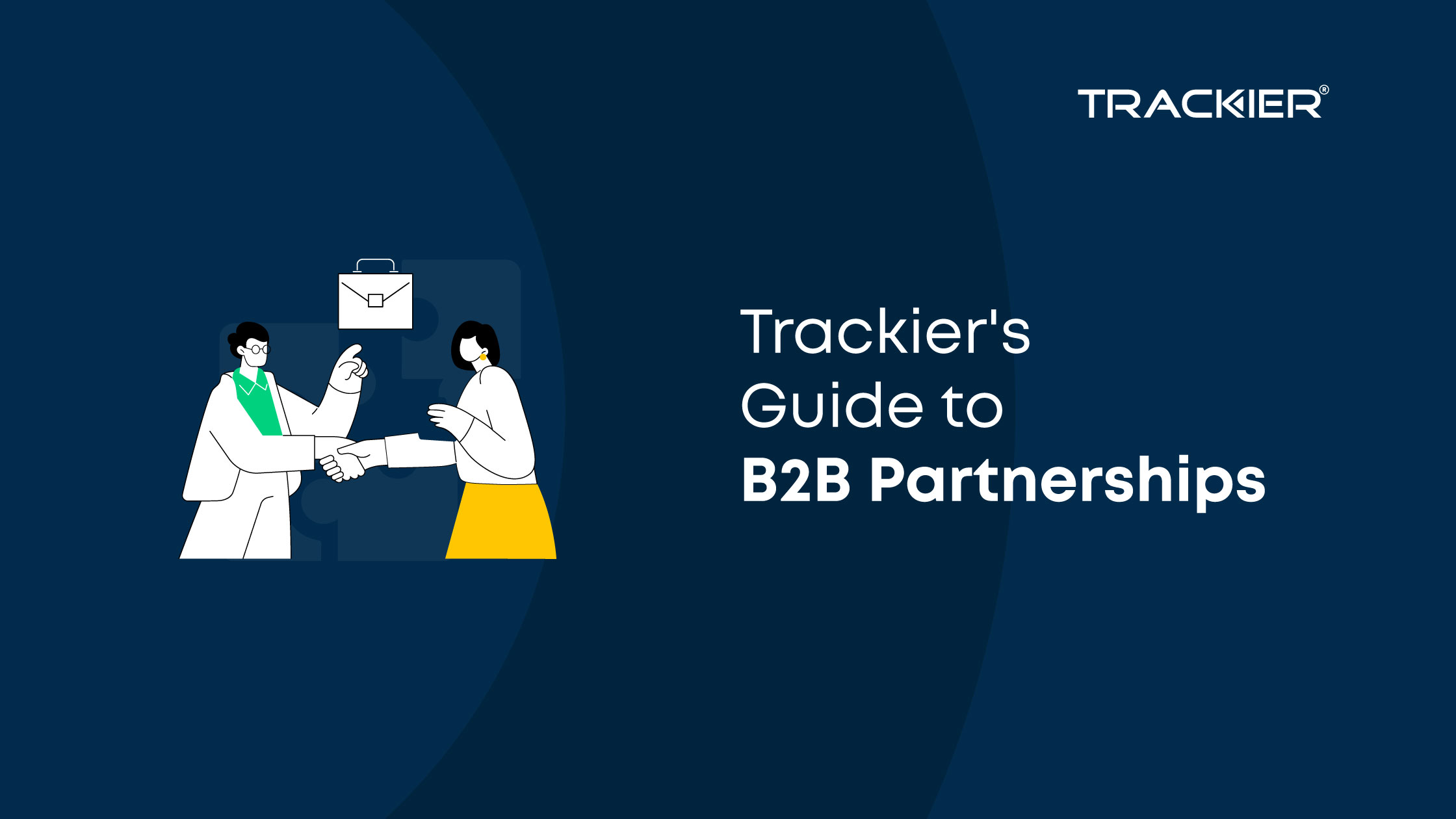What is Mobile App Attribution?
An app install is linked to a marketing activity such as an ad or a marketing campaign using mobile attribution. Marketers want to identify when their ad campaigns are successful, so they employ mobile attribution platforms to link impacts (app installations, events, and revenue) to drivers (ad campaigns). Of course, the aim is to put more investment into initiatives that have a greater impact, such as more and smarter mobile users.
Uses of Mobile Attribution
One of the most essential strategies employed by mobile marketers to assure the long-term success of an app business is accurate mobile attribution. The key usage scenario of mobile attribution for growing mobile marketers is to determine which ad creative, campaigns, and networks are generating the most lucrative outcomes when it comes to user acquisition and retention.
To put it another way, mobile attribution is similar to ad attribution in that it connects an install to a person watching or engaging with a specific ad from an ad network. Marketers can sensibly grow their paid advertising efforts by properly tracking where installations are flowing from.
Importance of Mobile Attribution in Mobile Marketing
Install tracking to understand where users came from
The tracking of instals and conversions is perhaps the most obvious way in which attribution is essential in the mobile ecosystem. Mobile attribution helps you to see how and why people install your app by tracking their journey from the time they click an ad to the activities they perform in-app. Marketers may understand where users came from (paid or organic) and if they are new or returning customers by obtaining attribution reports. These findings answer a vital question: how has my ad expenditure influenced expansion, and how can I move ahead with more success?
Compare campaign and network performance with precision
You may assess advertising and network success using insights into what attracts people to your app. This goes beyond figuring out which network is delivering you the most instals, which is essential because not all instals carry the same value.
Mobile attribution, for example, allows you to determine which networks are producing excellent, high-value users. If campaign A gets more instals than campaign B, this isn’t always a sign that campaign A will provide you with a better return on investment. This was the superior investment if more people from campaign B wind up completing in-app purchases – or perhaps land you some large ad whales. Knowing what constitutes success allows you to repeat your successes and increase your return on investment.
To enhance and optimise your remarketing efforts, use mobile attribution analytics
Marketers may also utilise mobile attribution to increase ROI by remarketing with data acquired by mobile measurement partners (MMPs). With more competition, it’s wise to attract customers who have expressed an interest in purchasing back to your application (studies show that 25% of internet viewers love seeing retargeted advertising, and CTR is 10 times better than with traditional display ads). With over 5 million apps available on the App Store and Google Play, re-engagement is an important part of marketers’ user acquisition techniques.
Marketers may also request callbacks from MMPs in order to map out the user experience in our own business intelligence system. This can assist you in better understanding and optimising your app’s user funnel: by determining which phases of the funnel have lower conversion rates, you can fine-tune the user journey and increase ROI by encouraging more consumers to switch.
MMPs combat and prevent fraudsters from stealing your spending on Ads
Because it’s an attribution provider’s responsibility to inform you where your acquisitions originated from, the first step should be to verify the install’s authenticity. In the mobile app business, ad fraud is a massive problem: according to Juniper Research, advertisers will lose $42 billion in ad spend in 2019 fraudulent activity across internet, mobile, and in-app channels. This also implies that ad fraud is on the climb, with an astounding $35 billion stolen in 2018 up 21% from the previous year. Industry experts in mobile attribution take pride in their ability to identify fraudulent clicks, which helps advertisers avoid turning over their advertising budget to scammers.
Click Injection, Click Spam, SDK Spoofing, and fraudulent users are some of the most common ad fraud tactics (bots). Every app vertical is vulnerable to fraud, but applications with a high cost per install are at a higher risk (CPI). Marketers should search for an attribution provider that safeguards against all of these fraud cases and provides enough tools to explain how their fraud prevention methods work.
Fraud detection is a critical component of data-driven UA techniques and an integral aspect of attribution. The cost of theft that goes undetected by attribution providers is considerably more than the value of the stolen ad spend. It also means that marketers trust skewed statistics, leading them to spend in ways that will harm their business even more.
Final Thoughts
These are just a few examples of how mobile attribution may assist you in taking on your target market(s), regardless of vertical, geography, or resources. The entire value of mobile attribution is determined by your grasp of how it works. Your engine may be working well, but UA optimization requires thorough reporting on how users are recruited and how they behave after installation. Having mobile attribution eliminates the guesswork and allows you to move forward with data-driven plans.














